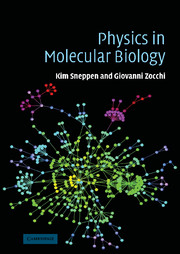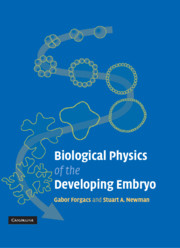The Italian engineer turned social scientist Vilfredo Pareto was the first investigator to determine that the income in western society followed a law that was fundamentally unfair. He was not making a value judgement about the poor and uneducated or about the rich and pampered; rather, he was interpreting the empirical finding that in 1894 the distribution of income in western societies was not “normal,” but instead the number of people with a given income decreased as a power of the level of income. On bi-logarithmic graph paper this income distribution graphs as a straight-line segment of negative slope and is called an inverse power law. He interpreted his findings as meaning that a stable society has an intrinsic imbalance resulting from its complex nature, with the wealthy having a disproportionate fraction of the available wealth. Since then staggeringly many phenomena from biology, botany, economics, medicine, physics, physiology, psychology, in short every traditional discipline, have been found to involve complex phenomena that manifest inverse power-law behavior. These empirical laws were explained in the last half of the twentieth century as resulting from the complexity of the underlying phenomena.
As the twentieth century closed and the twenty-first century opened, a new understanding of the empirical inverse power laws emerged. This new understanding was based on the connectedness of the elements within the underlying phenomena and the supporting web structure. The idea of networks became pervasive as attention was drawn to society‘s reliance on sewers and the electric grid, cell phones and the Internet, banks and global stock markets, roads and rail lines, and the multitude of other human-engineered webbings that interconnect and support society. In parallel with the studies of social phenomena came new insight into the distribution in size and frequency of earthquakes and volcanic eruptions, global temperature anomalies and solar flares, river tributaries and a variety of other natural phenomena that have eluded exact description by the physical sciences. Moreover, the inverse power laws cropped up in unexpected places such as in heart rates, stride intervals and breathing, letter writing and emails, cities and wars, heart attacks and strokes; the inverse power law is apparently ubiquitous.


